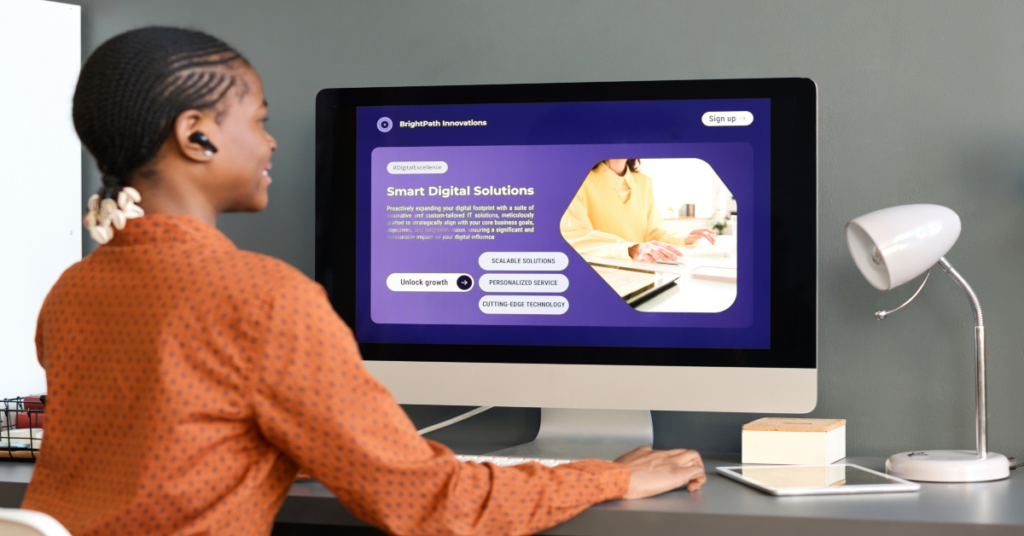In the dynamic landscape of digital marketing, influencer marketing has emerged as a powerful tool for brands to reach and engage their target audiences. As consumers become increasingly savvy and skeptical of traditional advertising, influencers—individuals who have built a reputation for their expertise, authenticity, and relatable content—offer brands a way to connect with potential customers through genuine and compelling narratives.
However, the success of an influencer marketing campaign hinges largely on choosing the right influencers. This article will explore the essential steps and considerations in selecting influencers that align with your brand, ensuring a successful collaboration that resonates with your audience.
Understanding Influencer Marketing
Before diving into the selection process, it’s crucial to understand what influencer marketing entails. Influencer marketing leverages individuals who have influence over potential buyers in a specific niche. These influencers can range from celebrities with millions of followers to micro-influencers with smaller, highly engaged audiences. The key to successful influencer marketing lies in creating authentic partnerships that enhance brand visibility and credibility.
Benefits of Influencer Marketing
- Increased Brand Awareness: Influencers can introduce your brand to new audiences, helping to expand your reach.
- Enhanced Credibility: Collaborating with trusted influencers can boost your brand’s credibility and build trust with potential customers.
- Targeted Engagement: By choosing influencers who align with your brand values, you can effectively target specific demographic segments.
- Improved SEO: Influencer-generated content can lead to increased backlinks and improved search engine rankings.
Step 1: Define Your Influencer Marketing Goals
Before selecting influencers, it’s essential to define the objectives of your influencer marketing campaign. Common goals include:
- Brand Awareness: Increasing visibility and recognition of your brand.
- Lead Generation: Driving traffic to your website or landing pages.
- Sales Conversion: Directly influencing purchase decisions.
- Community Building: Fostering a loyal audience around your brand.
By establishing clear goals, you can identify the type of influencers who can help you achieve them.
Step 2: Identify Your Target Audience
Understanding your target audience is critical when selecting influencers. Consider factors such as:
- Demographics: Age, gender, location, and income level.
- Interests: Hobbies, values, and preferences.
- Pain Points: Challenges and needs your product or service addresses.
Once you have a clear profile of your target audience, you can look for influencers who resonate with them, ensuring that your message reaches the right people.
Step 3: Research Potential Influencers
With your goals and target audience in mind, it’s time to research potential influencers. Here are several methods to identify suitable candidates:
1. Social Media Platforms
Explore platforms like Instagram, TikTok, YouTube, and Twitter to find influencers who create content related to your niche. Use relevant hashtags, keywords, and trending topics to discover creators who align with your brand.
2. Influencer Marketing Platforms
Consider using influencer marketing platforms such as AspireIQ, Traackr, or Upfluence. These tools can help you find influencers based on specific criteria, track their engagement metrics, and analyze their audience demographics.
3. Competitor Analysis
Look at your competitors’ influencer partnerships to identify potential collaborators. Analyze their campaigns to see which influencers have effectively engaged their audiences.
4. Audience Insights
Utilize tools like Google Analytics or social media analytics to gain insights into your existing audience. This data can inform your influencer selection process by revealing which influencers your current customers already follow.
Step 4: Evaluate Influencer Authenticity
Authenticity is key in influencer marketing. An influencer with a large following may not necessarily translate to successful engagement if their audience perceives them as inauthentic. Consider the following criteria to evaluate authenticity:
1. Engagement Rates
Look beyond follower count. Check the influencer’s engagement rates (likes, comments, shares) to gauge how actively their audience interacts with their content. A smaller influencer with a high engagement rate can often be more effective than a larger influencer with low engagement.
2. Content Quality
Assess the quality of the influencer’s content. Are their posts visually appealing? Is the content informative, entertaining, and aligned with your brand values? High-quality content indicates that the influencer takes their craft seriously.
3. Audience Interaction
Observe how the influencer interacts with their audience. Do they respond to comments and engage in conversations? An influencer who prioritizes audience interaction is likely to have a loyal and engaged following.
4. Past Collaborations
Review the influencer’s previous partnerships to see if they align with your brand ethos. Influencers who have collaborated with a wide range of brands may lack a clear niche, which can dilute their authenticity.
Step 5: Analyze Audience Demographics
Once you’ve shortlisted potential influencers, it’s crucial to analyze their audience demographics. Ensure that their followers match your target audience profile. Many influencers provide audience insights through their social media analytics, allowing you to assess factors such as age, gender, location, and interests.
Tools for Audience Analysis
- Influencer Marketing Insights: Most social media platforms offer built-in analytics for influencers, providing demographic information about their followers.
- Audience Analysis Tools: Use tools like HypeAuditor or Followerwonk to gain deeper insights into an influencer’s audience and ensure alignment with your target market.
Step 6: Reach Out and Build Relationships
Once you’ve identified potential influencers, it’s time to reach out. Building relationships is vital in influencer marketing, as authentic partnerships yield better results. Here are tips for effective outreach:
1. Personalized Messaging
When contacting influencers, personalize your messages. Reference their previous work, explain why you admire their content, and articulate how a partnership could be mutually beneficial.
2. Be Transparent
Clearly communicate your campaign objectives, expectations, and any compensation or incentives you can offer. Transparency fosters trust and sets the stage for a successful collaboration.
3. Be Open to Collaboration
Consider offering influencers creative freedom in how they present your brand. Allowing them to create content in their style can lead to more authentic and engaging results.
Step 7: Define Collaboration Terms
Once an influencer expresses interest, it’s essential to define the terms of the collaboration. Key elements to discuss include:
1. Campaign Goals
Ensure both parties are aligned on the objectives of the campaign and what success looks like.
2. Content Deliverables
Outline the specific content formats (posts, stories, videos) and the number of pieces to be created.
3. Timeline
Establish a timeline for content creation, review, and posting to ensure timely execution.
4. Compensation
Discuss compensation structures, whether monetary or through product gifting, and agree on payment terms.
Step 8: Monitor and Measure Influencer Marketing Success
After launching your influencer marketing campaign, it’s essential to monitor its performance. Key metrics to track include:
1. Engagement Metrics
Analyze likes, comments, shares, and saves on influencer posts to measure audience engagement.
2. Website Traffic
Use Google Analytics to monitor traffic to your website or landing pages generated from influencer links.
3. Sales Conversion
Track sales conversions attributed to the influencer campaign using unique discount codes or affiliate links.
4. Brand Sentiment
Assess audience sentiment through comments and mentions on social media to gauge how your brand is perceived during the campaign.
Conclusion
Choosing the right influencers for your brand can significantly enhance your marketing efforts, driving engagement, brand awareness, and conversions. By defining clear goals, understanding your target audience, researching potential influencers, evaluating authenticity, and monitoring campaign performance, you can create impactful influencer partnerships that resonate with your audience.
As influencer marketing continues to evolve, staying informed about industry trends and maintaining strong relationships with influencers will be key to your brand’s success in this space. Embrace the power of authentic storytelling, and watch as your brand’s message reaches new heights through the influence of trusted voices.
Are you looking to start working with an influencer as part of your social media strategy? Contact us, and one of our digital marketing professionals will assist you with creating a successful influencer marketing campaign.



